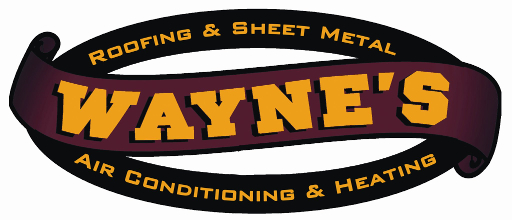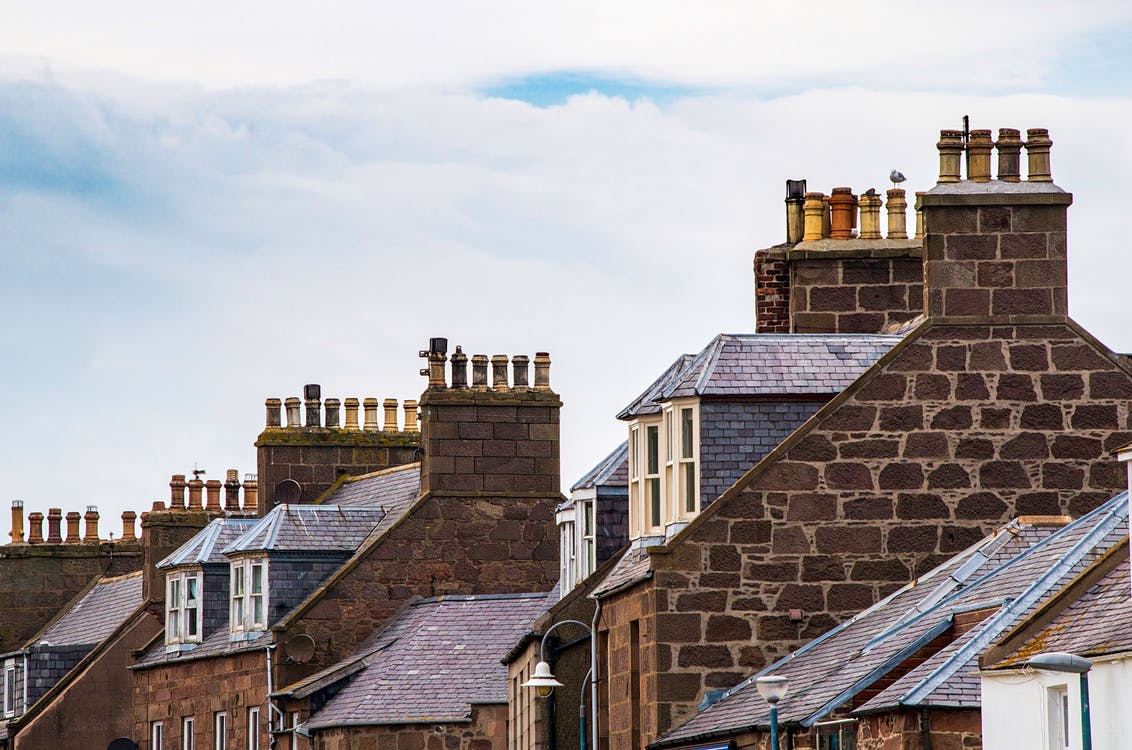A leaking roof is something every homeowner dreads, and for good reason. While a small leak at some point in the home’s lifetime is to be expected as par for the course, they key factor is in how you handle the leak. It’s not just an inconvenience – if left unattended to, it can cause serious and substantial damage, or perhaps even cause injury to the structure’s inhabitants. The longer the problem is ignored, the more expansive the damage can become, potentially leading into a financial nightmare. Water rings may begin to appear on the ceiling, causing the paint to become discolored, or the plaster to warp and bubble. Additional damage may be done to adjacent walls. Furniture may be ruined. Insulation can be destroyed, causing inefficient heating and cooling resulting in higher energy bills, and even structural damage to the rafters, ceiling joists, wall framing, fascia boards and exterior trim may occur in extreme circumstances. Light fixtures and fans may become damaged, presenting a fire hazard , and mold (particularly black mold) and mildew can grow, leading to serious health concerns.
So, what should you do if you have discovered a leak? Well, the first step is in determining the cause of the leak, and this can be a tricky process. Often, the homeowner may assume the source of the leak is directly above the visible water source. Sadly, this is often not the case. The water may be running down the interior structures, or even be caused by condensation. In many cases, plumbing or air conditioning issues are the cause rather than a roof leak. You’ll need to do some sleuthing here to find the real source of the problem.
First, try to catch the leak in action – while it is raining or snowing. This is the most effective way to trace the water to it’s source, and far more reliable than tracing the stains themselves. If it’s not reasonable to wait for the weather to comply, you may choose to use a garden hose on the area you believe to be affected to confirm that the water enters the home from that location. The most common sources of a leaking roof are as follows:
- Missing, damaged, or loose shingles, tiles or seams
- Improper attic ventilation causing a buildup of condensation
- Ice Dams preventing proper run off and forcing water to back up under shingles
- Ponding water
- Exposed nail heads
- Skylight flashings
- Wall step flashings
- Plumbing vent flashings
- Furnace or B-vent flashings
- Wind driven rain
- Built up debris
- Chimneys
Rule out other causes, such as plumbing leaks, a/c leaks, condensation, or even pest infestation, to avoid unnecessary expense, then consult a professional. In some cases, you may need to make an emergency repair until the roofer is able to remedy the problem. Remove any items that may be further damaged, such as furniture, clothing, or other personal items during the interim.
While you can’t prevent all issues all the time, the best approach to caring for your roof is to have regular inspections performed by a qualified roofer, especially after a severe weather event such as a hail storm, heavy winds, or lightning. Be sure to keep gutters clear at all times, and remove branches that may damage your roof. With diligent maintenance and care, you can expect your roof to last a significant amount of time.


